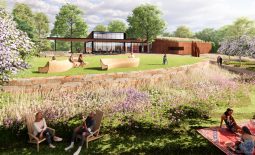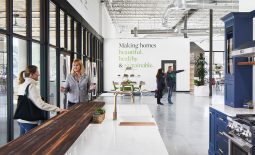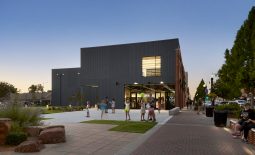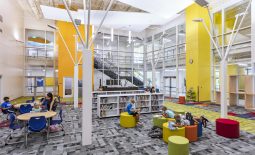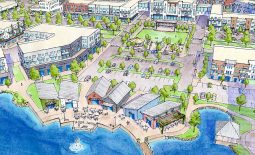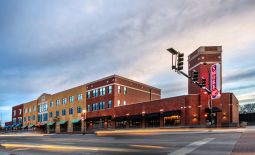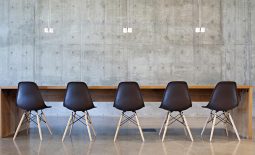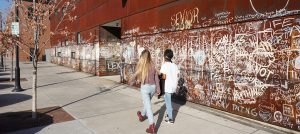If you are an arts influencer, or simply love art in its many forms, watch for these seven important considerations when designing an arts-specific facility that brings people and art closer.
1. A BEHIND THE SCENES FOCUS, SO GUESTS CAN FOCUS ON THE ART
Meticulous planning lies beyond a seamless visitor experience. For example, in facilities requiring different audio playing across multiple zones, strategically placed directional speakers minimize sound bleed and prevent a cacophony of noise.
2. CIRCULATION AREAS AND WAYFINDING THAT INSPIRES A SENSE OF DISCOVERY
By making corridors, stairways and main circulation zones more spacious, areas traditionally employed for simply moving people can be elevated to social places to slow down, visit with others or ponder a piece of art.
3. A MERGER OF EXHIBIT AND PERFORMANCE WITH EDUCATION
Today’s art facilities are more event-driven than ever. Designing multi-purpose spaces and venues for classes and other enrichment opportunities draws in a broader audience — while fostering arts appreciation for the next generation.
4. MODERN MANDATORIES TO BOUNDARY FREE EXPRESSION
From doorway and elevator dimensions to loading dock access, foresight should be given to accommodate and facilitate the secure movement of tall, wide and oversized art pieces and equipment. Art facilities capable of reducing physical boundaries on work and equipment in turn reduce boundaries on artists’ free expression.
5. INNOVATIVE SYSTEMS TO TREAT ART – AND PEOPLE – WITH CARE
Special emphasis should be placed on systems that control interior conditions that impact art and guests’ experiences, such as UV light exposure, air temperature, humidity and acoustics. Seemingly small design decisions like lowering HVAC air delivery and return velocities to reduce white noise and vibration add up to an exceptional environment.
6. FUTURE PROOFING FOR FLEXIBILITY AND SUSTAINABILITY
Integrating flexibility into infrastructure and special systems means that, as exhibit concepts and technology evolve, the space can easily adapt without disruptive and costly revisions.
7. TAKING ART BEYOND GALLERY WALLS TO WHERE PEOPLE GATHER IMPROVING ACCESSIBILITY
Intentional design draws more people to the arts. But it’s equally important to bring the arts to more people. Infusing public spaces with interactive experiences allows individuals to connect with art and each other in their daily round.
“[The Hardesty Arts Center] achieves the seemingly impossible challenge of both elevating the arts to unparalleled heights and making them accessible to all.”
– Alex Sarian
Director of Finance & New Business
Lincoln Center Education, New York City

